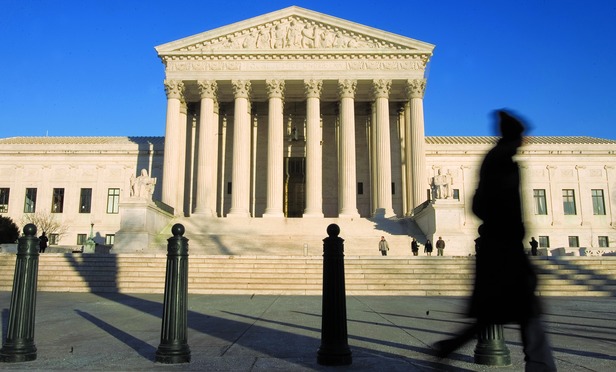The lowly U.S. Supreme Court syllabus, the small-type summary of each decision that appears at the beginning of printed opinions, is usually taken for granted and largely ignored.
But a long-ago syllabus—also called a headnote—played a cameo role in the recently-revived debate about whether corporations have the same constitutional rights that people do. The importance of the syllabus in that controversy sheds light on the court’s opinion-drafting process and how syllabuses are written.
This content has been archived. It is available through our partners, LexisNexis® and Bloomberg Law.
To view this content, please continue to their sites.
Not a Lexis Subscriber?
Subscribe Now
Not a Bloomberg Law Subscriber?
Subscribe Now
LexisNexis® and Bloomberg Law are third party online distributors of the broad collection of current and archived versions of ALM's legal news publications. LexisNexis® and Bloomberg Law customers are able to access and use ALM's content, including content from the National Law Journal, The American Lawyer, Legaltech News, The New York Law Journal, and Corporate Counsel, as well as other sources of legal information.
For questions call 1-877-256-2472 or contact us at [email protected]






